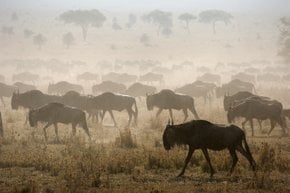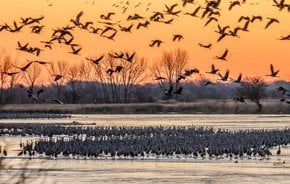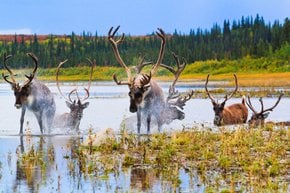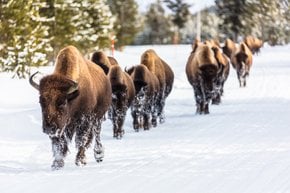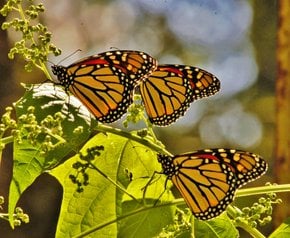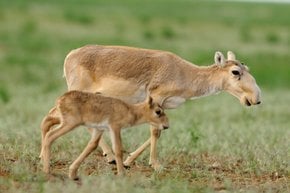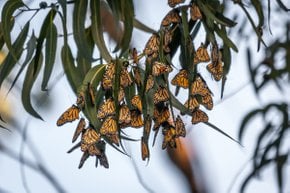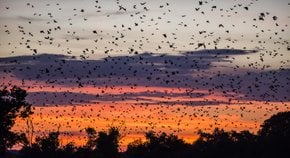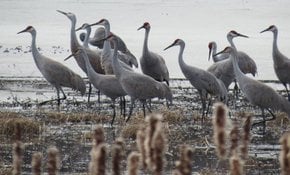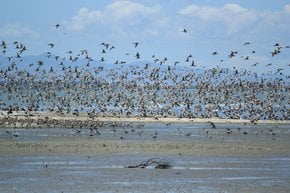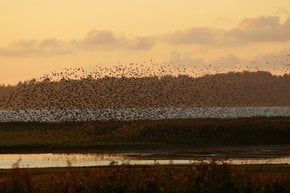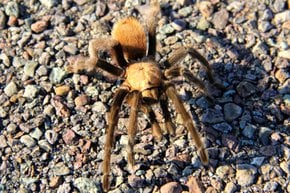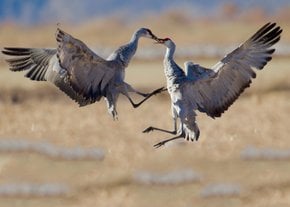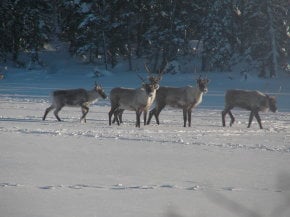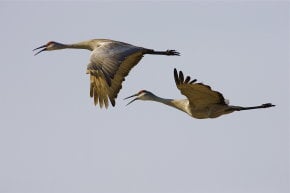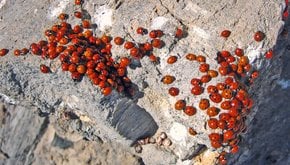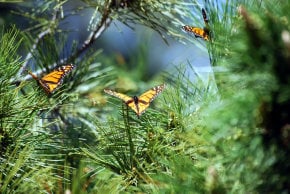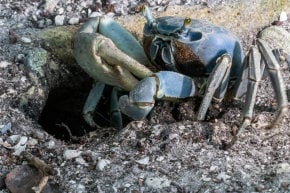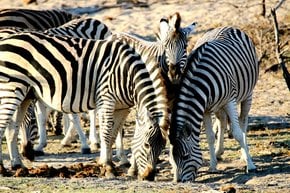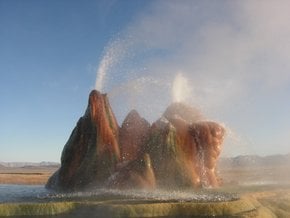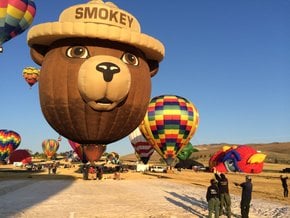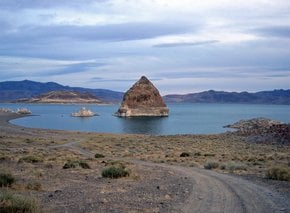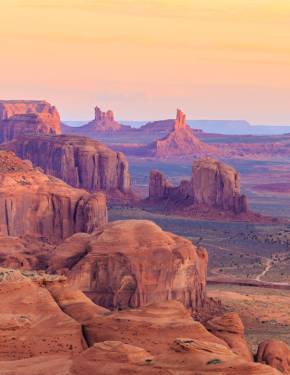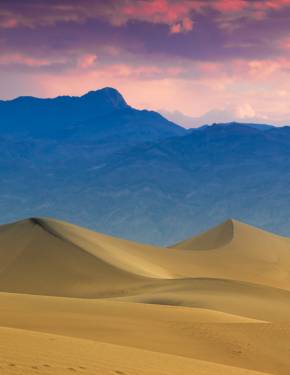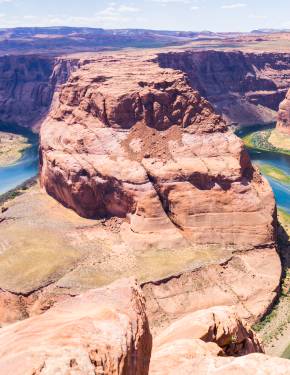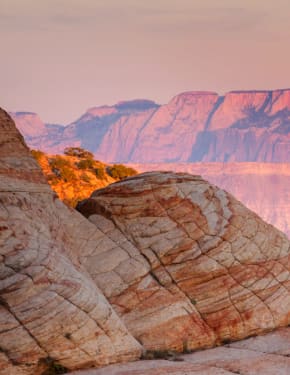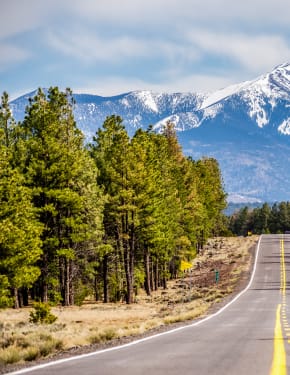Tarantula Migration in Nevada 2025
Watch thousands of tarantulas on the march through Nevada desert
Best time: September–early November
Tarantulas are quite common throughout the whole Southwest. However, the town of Gabbs, Nevada, is where you can witness the world’s largest tarantula migration. Although the migration of tarantulas makes many people want to stay away, spider enthusiasts visit the area to watch the tarantulas move through the small town in search of mates.
When is the best time to watch tarantula migration
Every fall, thousands of desert tarantulas get out of their burrows and roam searching for a mate. Those large, hairy spiders with brown or tan hair can be seen on trails, crossing highways, on the streets, and in backyards. In Gabbs, a local high school even picked the tarantula as its mascot. The arachnids' mating season typically starts in September and ends in early November.
What is tarantula migration
During the mating season, adult male tarantulas wander in search of a female's burrow. When a tarantula finds the right one, it rattles its pedipalps—a pair of appendages attached to its head—in front of the entrance. If the female is ready to mate, she will crawl to the surface. After mating, approximately 20 percent of females kill their partners, prompting the males to try to escape as quickly as possible. However, even males who escape the clutches of their partners die within about a year.
It's mostly male desert tarantulas that you can spot outside. Even though tarantulas, reaching a few inches in size, are feared by the public, it has been proved that their venom is quite harmless to people.
Where to watch tarantula migrations in Nevada
Valley of Fire State Park
In Southern Nevada, the migration occurs as well. The Valley of Fire State Park is one of the best destinations for spider-spotting in the state. Spiders are often seen on the trails near Las Vegas as well or on the road into Lake Mead National Recreation Area. Tarantulas are most active right before or after the sunset.
Best spots to visit
Although tarantulas migrate through the park without specific routes, you can visit places like Elephant Rock, Fire Wave, Atlatl Rock, or the Valley of Fire Beehives for great photo opportunities, where you might be lucky enough to witness the migration.
Operates hours and infrastructure
Valley of Fire State Park operates seven days a week from sunrise to sunset, with 24-hour access to campgrounds. The visitor center is open daily from 9 am to 4 pm. There are two campgrounds on the property, accommodating up to 72 units. Visitors can use shaded tables, grills, water, restrooms, dump stations, and showers. To stay at a campsite within the park, a reservation is required.
There are three group-use campsites, each accommodating up to 45 visitors. Reservations are required for overnight camping at these sites. Camping and day-use fees of $20 per vehicle per night for Nevada residents or $25 per vehicle per night for non-Nevada residents must be paid upon arrival. Park Attendees can bring their pets. However, they must be kept on a leash, and pets are not permitted in the visitor center.
Admission
Day use entrance fee is $10 per vehicle and $15 per non-Nevada vehicle. Also, visitors must pay $2 per bike.
Location
Valley of Fire State Park is located 45.5 miles (72 km) from Las Vegas, which is a one-hour trip. From Las Vegas, take I-15 North for about 30 miles, then turn right onto Valley of Fire scenic byway for 15 miles (24 km), then enter the park from the northwest. Visitors can also reach the Park via Northshore Road (Highway 167) through the Lake Mead National Recreation Area.
Gabbs
The small town of Gabbs is known as the "epicenter of the tarantula migration," and it is said that during the migration period, the number of spiders in the town and its surroundings exceeds the number of residents. However, locals report that spider activity in this area has decreased in recent years. Gabbs is located 273 miles (439 km), or 4 hours and 30 minutes, from Sacramento and 311 miles (500 km), or 4 hours and 50 minutes from Las Vegas. Also, take into account that there is no hotel in the town.
General information about tarantulas
There is no danger associated with the venom of tarantulas found in the United States, though there is a possibility of allergic reactions. Most tarantulas are busy minding their own business. If you avoid bothering them, they won’t bother you.
Tarantulas prefer to inhabit rainforests, deserts, and scrubland. They create silken webs, but not for snaring prey. Instead, the web is used for creating housing, a "mat" for molting, or assisting with food. Tarantulas hunt at night for various insects and other spiders, as well as small lizards, snakes, and frogs.





